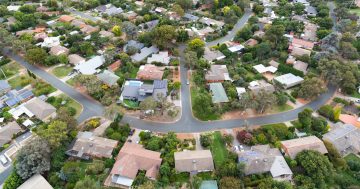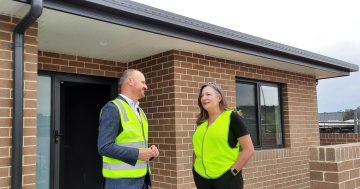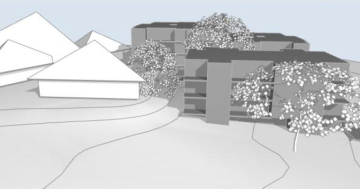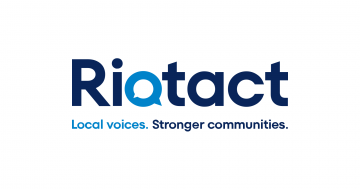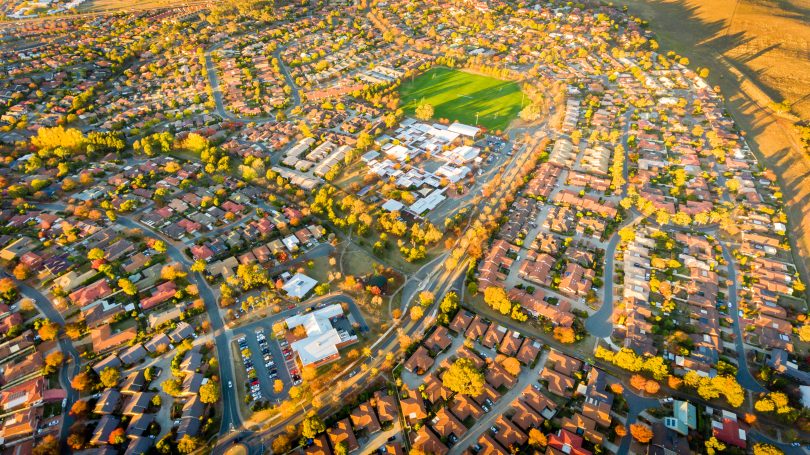
There is a clear consensus that we have a housing rental affordability crisis in Canberra. Photo: Supplied.
High incomes, limited housing stock and a growing population have come together to create the perfect storm for anyone earning less than the city’s average income, or trying to survive on minimum wage or an income support payment such as Newstart of a Disability Support Pension.
Year after year, reports such as Anglicare’s Rental Affordability Snapshot and National Shelter’s Rental Affordability Index document the stark reality of how difficult it is to find an affordable rental property in the ACT.
There has been some movement on this issue, with last year’s release of the long-awaited ACT Housing Strategy and the welcome injection in last year’s budget of $100 million for public, community and affordable housing.
While a strategy has been released and funding allocated, the current priorisation of affordable houses for purchase means that it is difficult to see how we are going to solve the housing rental crisis any time soon.
Last week, the ACT Government announced that in 2019/2020 there will be 628 public, community and affordable homes released. While this is a welcome increase on previous years, this release strongly preferences affordable purchase at the expense of public and community housing. The announcement reveals that only one-in-five affordable houses released next year will be either public or community housing and, therefore, available for affordable rental. Instead, the bulk of the release will be properties available for affordable purchase.
This year’s program also reveals a reduction in the proportion of public and community housing stock located in the inner city.
For the last few years we have seen the renewal of public housing complexes in city areas due to the real need to renew the old multi-unit sites around the inner-city. This has seen the relocation of 1300 tenants in these complexes to alternative properties across the city. However, this year’s program has few properties being replaced in the inner-city area.
I will be pleased to welcome 40 of these new social and affordable housing tenants into my suburb as they move into Common Ground in Dickson – a great program working to break the cycle of homelessness and disadvantage. But only 10 additional public and community housing will be located in city areas. The rest will be in Canberra’s outer suburbs. The ‘salt and pepper’ approach to public housing that has been a strong and valued feature in most Canberra suburbs seems to be diminishing.
Every day I meet people who are struggling in the private rental market because their incomes don’t stretch far enough to cover the cost of housing and other day-to-day living expenses. For people living on low incomes, every day is a struggle to find money to pay the rent, buy food, and pay for essential services such as heating and transport. While the great Australian dream of homeownership is not completely lost, many people on lower incomes are unlikely to be in a position to buy a property in Canberra anytime soon – even a lower-cost property.
The standard measure of housing stress is people allocating more than 30 per cent of their income towards housing costs. For many of these households, it is much higher.
Waiting lists demonstrate that there is simply not enough social housing stock for people who are in need of cheaper housing. While it is expensive to build and retain houses for income-based rental, studies have identified the significant economic cost of homelessness, with one study finding the cost to the community of rough sleeping is more than $25,000 per person.
It’s clear that much more needs to be done to increase the number of affordable rentals available in Canberra.
Rebecca is a board member of Community Housing Canberra, a community housing provider and the Early Morning Centre, a homelessness support service.












